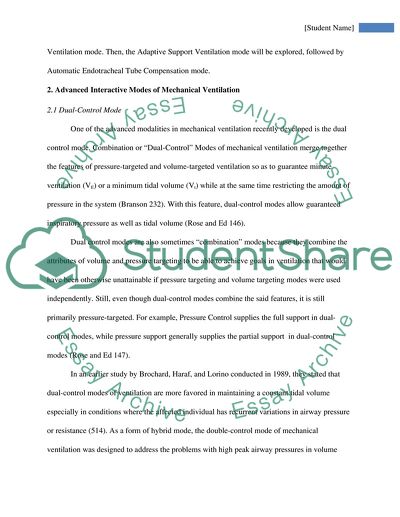Cite this document
(“Advanced Mechanical Ventilation Research Paper Example | Topics and Well Written Essays - 1750 words”, n.d.)
Retrieved from https://studentshare.org/health-sciences-medicine/1587853-advanced-mechanical-ventilation
Retrieved from https://studentshare.org/health-sciences-medicine/1587853-advanced-mechanical-ventilation
(Advanced Mechanical Ventilation Research Paper Example | Topics and Well Written Essays - 1750 Words)
https://studentshare.org/health-sciences-medicine/1587853-advanced-mechanical-ventilation.
https://studentshare.org/health-sciences-medicine/1587853-advanced-mechanical-ventilation.
“Advanced Mechanical Ventilation Research Paper Example | Topics and Well Written Essays - 1750 Words”, n.d. https://studentshare.org/health-sciences-medicine/1587853-advanced-mechanical-ventilation.


